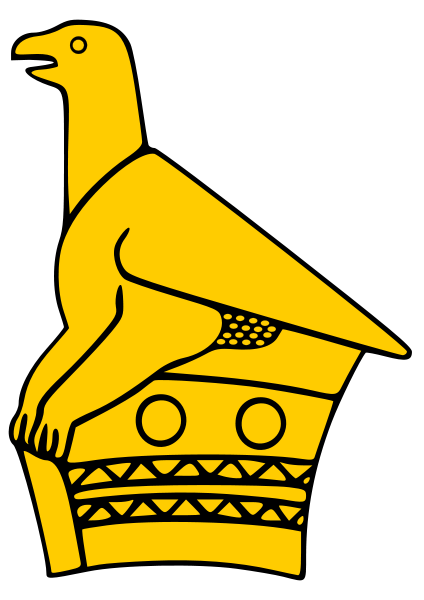The word emoji comes from the Japanese e, meaning picture, and moji, meaning character. It was coined in 1999 by Shigetaka Kurita, an employee of NTT DoCoMo, the leading mobile phone operator in Japan.
Theterm is related to kanji, Chinese ideographs which make up the bulk of Japanese writing. Kurita also designed the first emojis.
While the emoji is a modern invention, its forebear, the emoticon, has a long history. This pictorial representation of a facial expression or mood uses punctuation marks, numbers and letters.
On March 30th, 1881, four emoticons, described as typographical art, were published in the satirical magazine Puck. These four examples used punctuation including brackets, hyphens and full stops to express joy, melancholy, indifference and astonishment.
The emoticon's internet-era genesis is considered to have occurred in September 1982 whencomputer scientist Scott Fahlman suggested to a message board at Carnegie Mellon University that :-) and :-( could be used to distinguish jokes from serious statements online.
Shortly after came the name 'emoticon', a portmanteau of emotion icon.
In the mid-Nineties, NTT DoCoMo added a heart button to its pagers, which proved popular with younger users. Kurita, who was working on the development team for i-mode, an early mobile internet platform, wanted to design an attractive interface to convey information in a simple, succinct way.
For example. he wanted icons to show the weather forecast rather than spelling out 'rainy' or 'sunny'.
He created 176 pixel images, including a sun, cloud, umbrella and sandcastle, that could be selected from a keyboard-like grid and sent on mobiles and web pages as individual characters.
They look rudimentary today, but have proved remarkably influential. Kurlta's original emoji set is part of the permanent collection at New York's Museum of Modern Art.
Found in the Daily Mail's "Answer to Correspondents" column, Friday, 2nd November, 2018, contributed by Michael Richardson of Tenby, Pembrokeshire.

